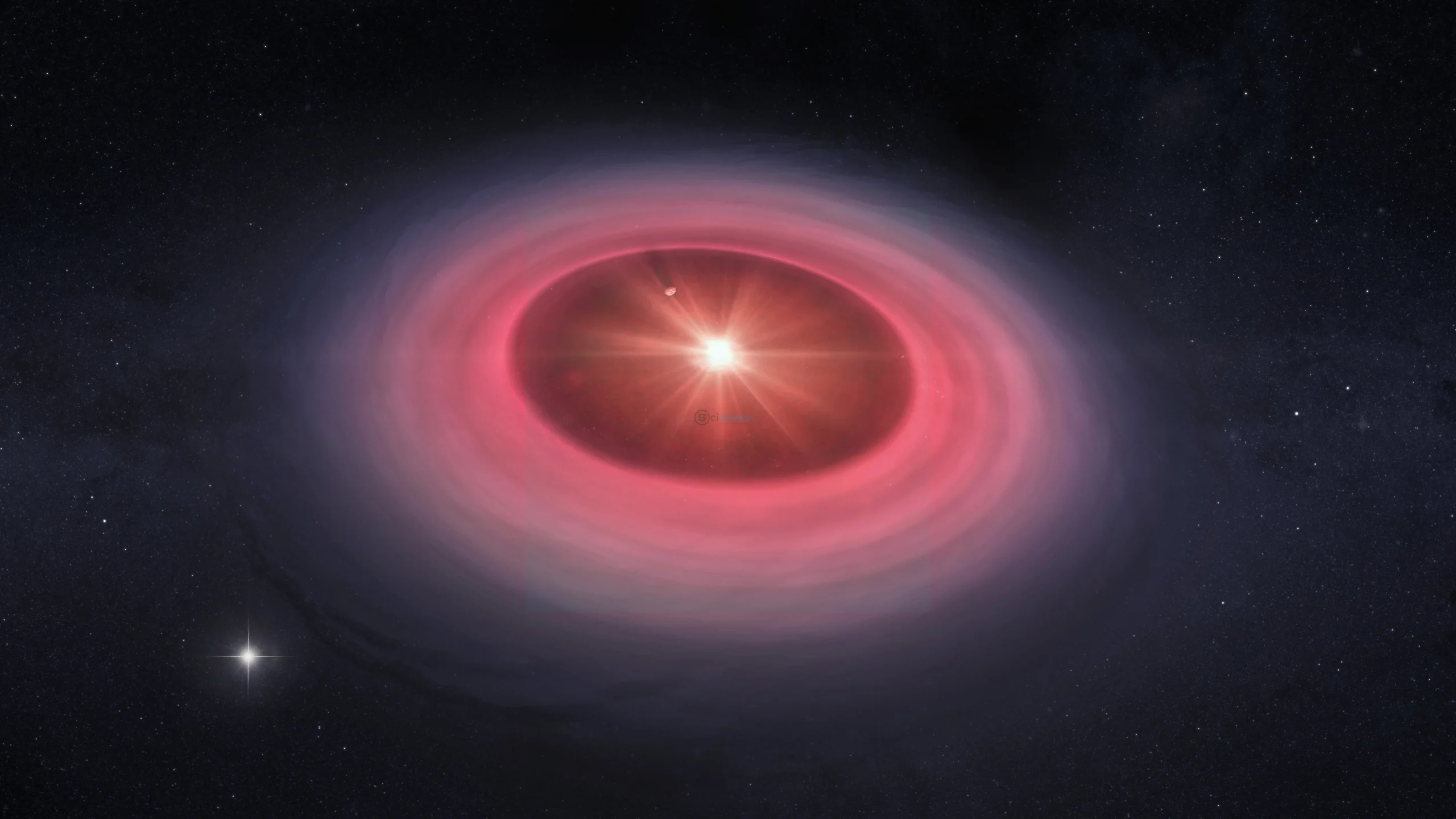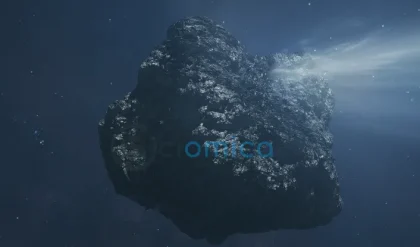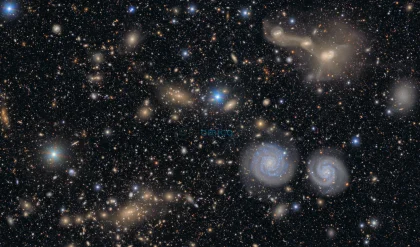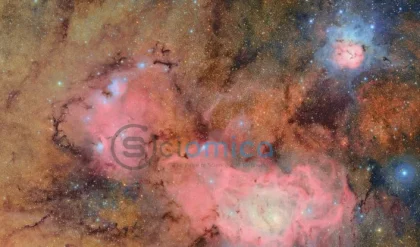
In a groundbreaking study, researchers have identified methanol isotopes in the vicinity of a young star, marking a pivotal step in understanding the potential origins of life on Earth. The discovery, made around the star HD 100453, located approximately 330 light-years from our planet, sheds light on the cosmic timeline that may have contributed to the formation of organic compounds essential for life.
The findings, published on June 5 in The Astrophysical Journal Letters, reveal the presence of methanol, a type of alcohol, and its isotopes—variants that differ in neutron number. This marks the first time these specific isotopes have been detected in a protoplanetary disk surrounding a young star. Prior studies had revealed methanol in other star-forming systems, but the rarer isotopes had eluded scientists until now.
Alice Booth, the lead author of the study and a research fellow at the Harvard and Smithsonian Center for Astrophysics, emphasized the significance of this discovery. “Finding these isotopes of methanol gives essential insight into the history of ingredients necessary to build life here on Earth,” she stated.
The star HD 100453 is part of a broader category known as protoplanetary disks. These disks consist of gas and dust, and they are where planets, moons, and comets can form. Understanding the chemical makeup of these disks is crucial for uncovering how the building blocks of life might have traveled across space to reach Earth.
The research team utilized data obtained from the Atacama Large Millimeter/submillimeter Array (ALMA) in Chile to make the detection. ALMA, known for its ability to map the chemical composition of nearby cosmic environments, enabled researchers to discern the intricate details of the gaseous mixture found in HD 100453’s disk.
Interestingly, HD 100453 is about 1.6 times the mass of our Sun, which has implications for the distribution of chemical compounds within its disk. Larger stars tend to maintain gaseous states for their molecules further from their core compared to smaller stars, where cooler temperatures can freeze molecules into ice, making them undetectable. This characteristic of HD 100453 allows for the presence of methanol gas, which is crucial for further research into the origins of organic materials.
An important aspect of the study is the ratio of methanol detected in relation to other organic molecules. Researchers found that this ratio is remarkably similar to that of comets within our own solar system. This resemblance suggests that the icy entities in protoplanetary disks, such as HD 100453, could be pivotal in the galactic transportation of complex organic compounds.
“Our research supports the idea that comets may have played a significant role in delivering important organic material to Earth billions of years ago,” said Milou Temmink, a co-author of the study and doctoral candidate at Leiden University in the Netherlands. This assertion aligns with the theory that comets, serving as carriers of organic matter, may have been instrumental in the development of life on our planet.
As investigations continue, this discovery opens new avenues for understanding not only our own solar system but also the broader cosmos. The identification of methanol isotopes in young star systems symbolizes a pivotal moment in the quest to comprehend how life’s fundamental ingredients—amino acids and other organic compounds—may have originated and dispersed throughout the universe.
The pursuit of knowledge regarding the origins of life is ever-evolving, and as more data surfaces from observations of protoplanetary disks, the scientific community anticipates further revelations that could unravel the mysteries of life’s beginnings in the cosmos.






